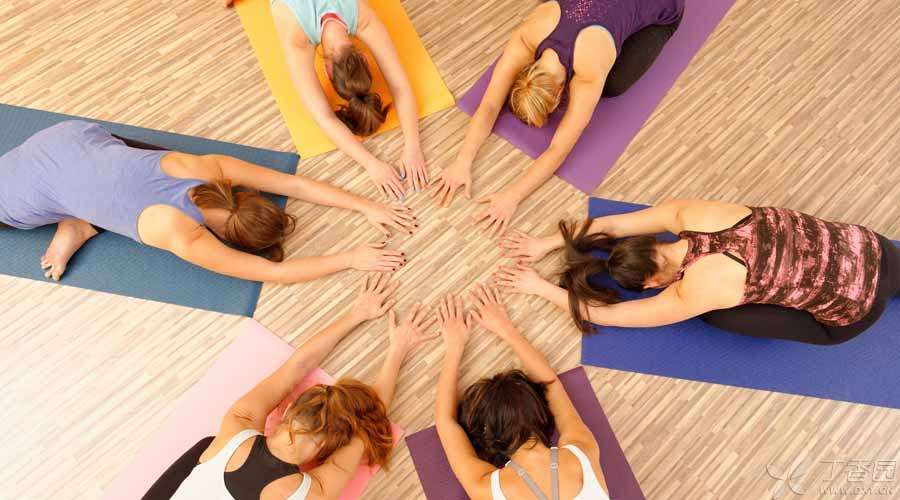
The softness of the body may be affected by many factors such as genes and environment.
Generally speaking, men and the elderly are usually less flexible than women and young people. However, the softness of the body can be affected by exercise.
No matter men or women, yoga can improve people’s mental state and physiological condition. In addition to making people more calm, exercise can also help improve sleep quality and, of course, make the body softer.
Benefits of Yoga Practice
Many people think yoga is not suitable for people with stiff bodies. Men generally think this sport is feminine.
However, this is not the case. Stiff men may practice yoga better than everyone thinks. Through this exercise, it can help men to enhance their attention, strength, decompression and shape.
Before you begin, remember one thing:
Try to keep breathing smoothly, slow down the breathing frequency as much as possible, and try to do abdominal breathing. Don’t try to force any movement.
Persisting in practice can make the posture more standard and prolong the time of each persistence. The appropriate method of judging the exercise time is: when you want to finish the movement, you can look gracefully and freely.
When doing yoga exercises, stick to 5 to 10 breaths in each posture. As long as there is no discomfort, the sitting posture can last for a little longer.
Tadasana)
This movement looks very simple, but it is the basis of all other movements. A simple start makes it easier for you to feel the feeling of breathing.
Main points of action: Close your eyes, keep your legs together and stand on tiptoe to raise your body as high as possible. If your body is too tense, your feet can be slightly separated. Arms naturally hang down on your side with your fingers together.
If you feel difficult: For some people who feel difficult in standing posture, you can choose to lie flat. The soles of your feet are against the wall, imagine standing, and the waist and back are slightly stretched and stretched.
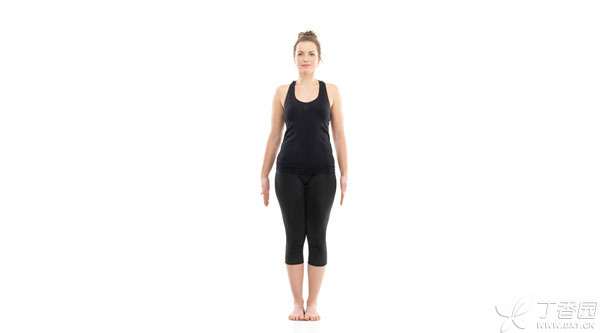
Child Posture (Balasana)
Some places also call this movement [baby style]. This is a rest posture in yoga basic movements, which can be kept for half to one minute at a time.
Main points of action: Sit on the ground with your feet together and your instep facing down. Kneel apart, try to put your chest and abdomen between your legs. Head to the ground, hands stretched forward as far as possible.
If you feel difficult: For practitioners whose heads cannot touch the ground, you can put pillows or other objects under them.
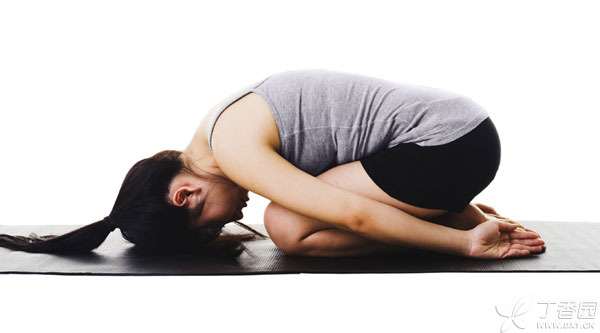
Doggy Bow (Adho Mukha Svanasana)
This movement is slightly difficult for beginners, but you can adjust the movement to reduce the difficulty by increasing the distance between your legs.
Main points of action: Keep your feet apart and wide with your hips. Bend forward with your palms touching the ground. Both hands are as wide as your shoulders. Arms, shoulders and back should be in a straight line. Hands are in front of the yoga mat, feet are in the back half of the yoga mat, and toes face forward. When you feel tired, you can change to child-like action to rest at any time.
If you feel difficult: Beginners can bend their knees slightly to straighten their spine and transfer their weight to their thighs.
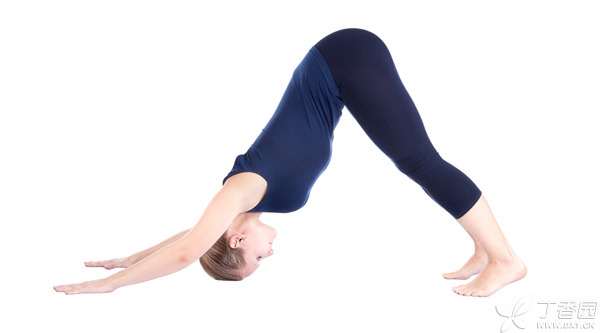
Chair (Utkatasana)
This movement pays attention to left-right symmetry, so both sides of the body are required to keep balance during the process of doing this movement. It can be used as a warm-up movement and has the function of strengthening leg strength.
Motion guidance: Stand with your legs together (if difficult, you can also have your feet as wide as your hips), bend your knees as if you were sitting on a chair, and stick your arms to your ears.
If you feel difficult: the seat type has certain difficult movements. When you feel difficult, you can change into the mountain type with the change of breathing.
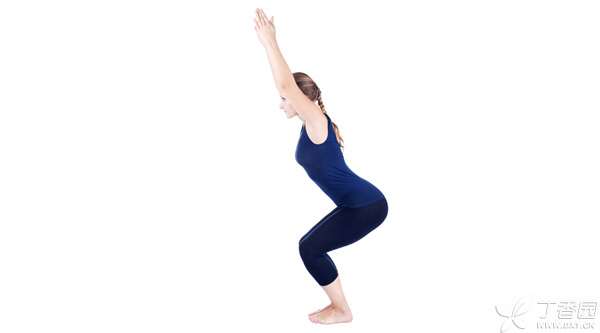
Tree (Vrksasana)
This action is similar to what we usually call “golden rooster independence”. It can help people build self-confidence and concentration. And when attention is focused on one-leg balance, there is no mind to consider other pressures.
Main points of action: Stand on one foot, with the other foot lifted up, with the soles of your feet gently attached to the inner thigh of your standing leg, or to your ankles or calves according to your personal ability. If you have difficulty maintaining your balance, you can hold the wall with one hand or lean against the wall. If you can stand firmly, you can try to stretch your hands into the sky like branches.
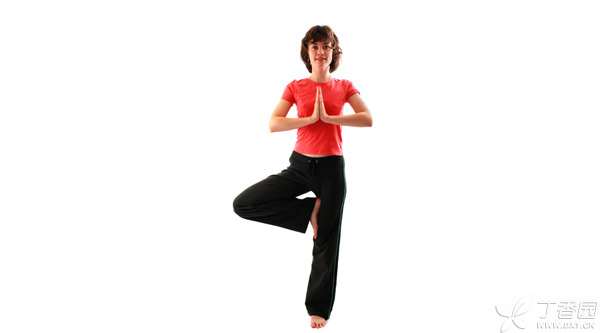
Supine Relaxation (Shavasana)
This movement looks like spreading out on the ground and doing nothing. Do you think it is very simple? Not really. For most people, especially those who have not practiced yoga, it is actually very difficult to empty their brains. This movement can calm people down.
Main points of action: Lie flat, close your eyes, and try to relax your whole body. The legs are about the same width as your buttocks. Arms naturally extend at about 45 degrees to your body. Palms face up. Make your limbs completely relaxed.
If you feel difficult: Putting something under the knee joint can help stretch the waist. Putting something under the pelvis can relax your body and mood.
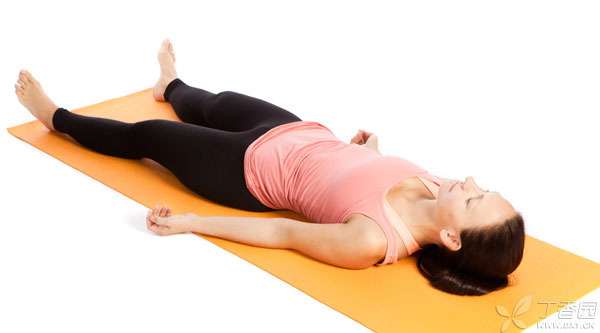
Bridge (Setu Bandha Sarvangasana)
Similar to the seat posture, when you can’t hold on, you can move up and down slightly according to the frequency of breathing. This movement can open the front half of the body, thus fully relaxing the hips, abdomen and chest.
Main points of action: Lie flat on the ground, bend your knees upward. Place your arms on both sides of your body. Keep your feet on the ground and use both hands to lift your hips.
If you feel difficult: Hold the yoga mat with both hands and turn your arms with your palms facing up. Swing your arms behind your back to keep your back arched, thus opening your chest. If you can do this, you can hold each other with both hands behind your back.
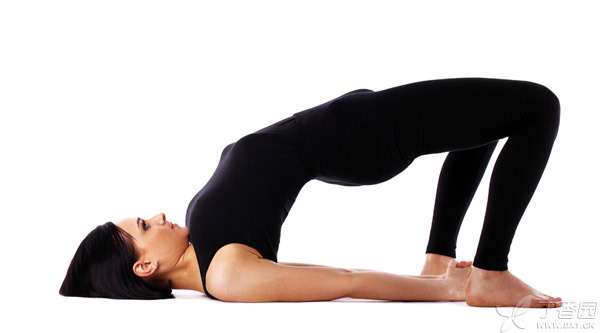
Locust (Salabhasana)
This is a very suitable back exercise for beginners. This movement can warm up and strengthen physical strength, and strengthen all back muscles. It is very suitable for people who work at desk for a long time and have weak upper back muscles.
Main points of action: Stay close to the ground, inhale deeply, lift your limbs and chest off the ground with your palms down. Try to stretch your neck too high and your head too high. Further, you can also hold your hands tightly behind each other.
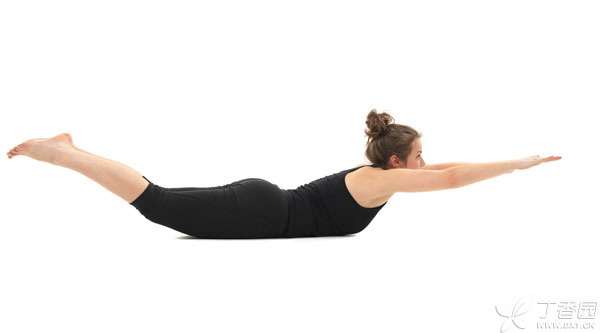
Two-leg wall type (Viparita Karani)
After a whole day’s work, the feet are already very tired, and it can take 5-8 minutes to do this action at this time. It can make the whole person feel brand-new and promote blood circulation.
Action essentials: Lie face up, Walk your legs on the wall. Keep your legs straight, Finally, stick your back to the wall. If it is difficult to do this, you can put a pillow on your waist and back. Sometimes beginners of this action will feel leg convulsions. You can draw your knees close to your chest, stretch your tendons fully, and then continue to repeat this action. This action is very stressful to the thoracic vertebrae and cervical vertebrae and needs to be carried out under the guidance of a coach.
If you feel difficult: Keep your knees close to your chest, separate your legs, with your knees facing outward and your feet against each other. This movement mainly stretches the inner thigh and groin.
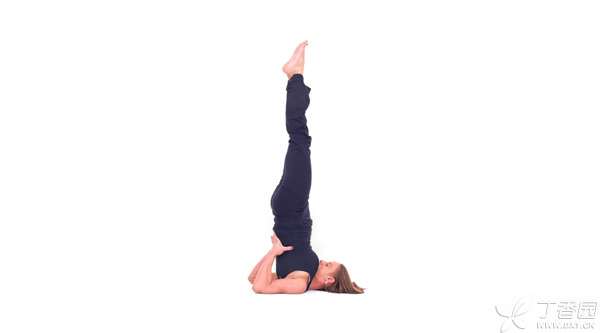
Warrior II (Virabhadrasana II)
This action strengthens the strength of the legs and helps stretch the muscles inside the thighs.
Main points of action: Stand with your legs separated by about one leg, your right leg extended about 90 degrees, and your left foot slightly turned forward. Stretch your hands horizontally to both sides, slightly bend your right leg knee, and change sides after maintaining 5 breathing cycles.
If you feel difficult: If it is difficult to stick to this action, you can try this action intermittently with your breathing frequency.
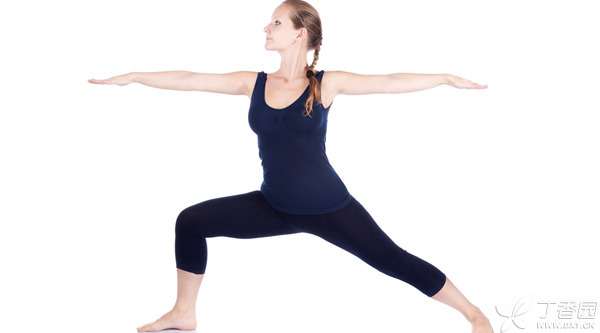
Leg-splitting forward flexion (Ardha Uttanasana)
This movement requires the body to bend forward. Its main function is to stretch the leg tendons and the inner thigh.
Main points of action: Keep your legs apart about a distance, about the same width as your shoulders. Keep your quadriceps tense, bend forward and bend your hips, while keeping your back straight. Put your hands on the floor, and if you can’t touch them, you can pad something. If your legs are not soft enough, your back is often difficult to straighten. Placing your hands on the support can help keep your back straight.
Thread the Needle)
This movement is named because it looks like an arm passes through the eye of a needle. Beginners are very suitable to try this movement because it is especially effective for improving body stiffness. When doing this movement, the back is supported and pillows can also be placed to strengthen the support for the neck.
Main points of action: Lie flat, bend your knees to 90 degrees and point your knees to your head as far as possible. The right ankle is folded over your left leg. Both hands clench each other around your left leg and pull your left leg toward your body. This action mainly stretches your right and left buttocks. The other side is the same method.
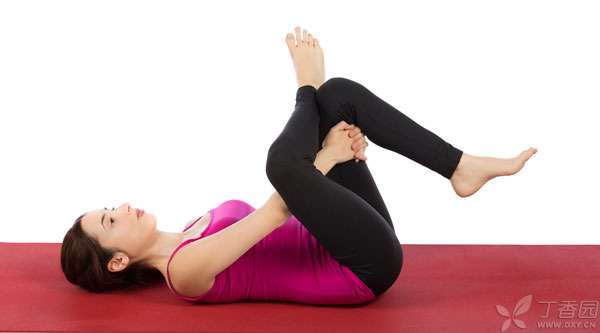
Responsible Editor: Cat Capricorn
